The global financial landscape is undergoing rapid transformation. As digital lending surges, traditional credit scoring models—once the foundation of risk assessment—are proving insufficient. Today, AI-powered credit scoring is a game-changing innovation, enabling faster, more innovative, and more inclusive lending across the digital finance ecosystem.
What Is AI-Powered Credit Scoring?
AI-powered credit scoring is an advanced method of evaluating borrower creditworthiness using:
-
Machine Learning (ML)
-
Predictive analytics
-
Big-data processing
-
Alternative and behavioral data models
Instead of relying exclusively on credit bureau records, AI analyzes broad, real-time financial behavior, allowing lenders to accurately assess individuals and businesses with limited traditional credit history.
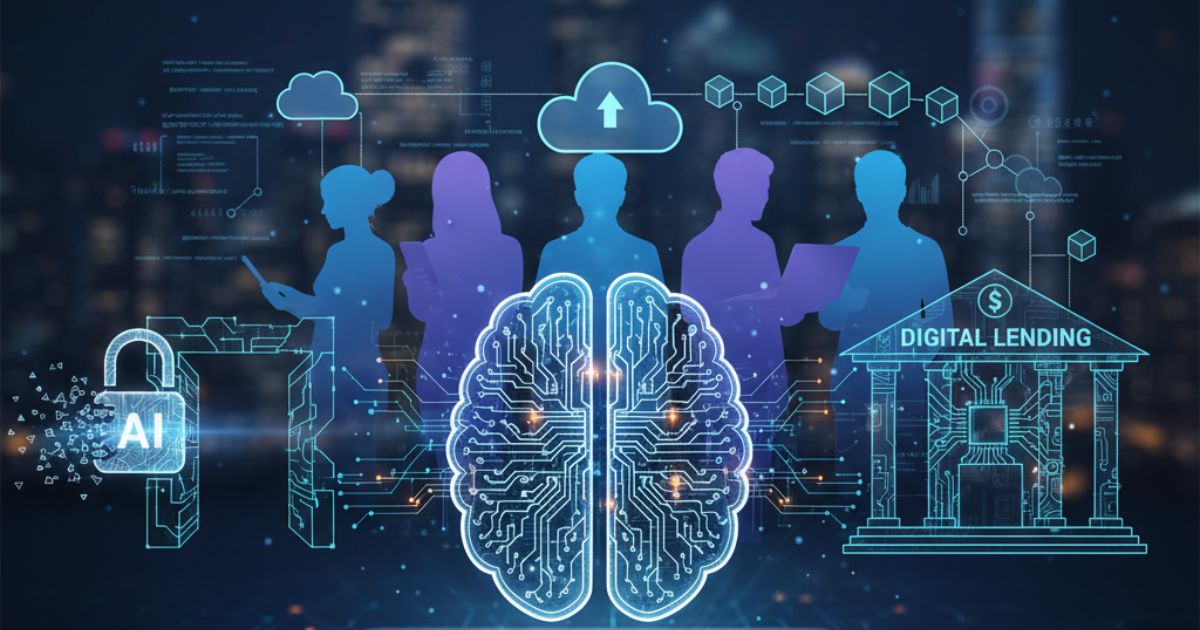
How AI Credit Scoring Works
-
Data collection from multiple sources
-
Automated pattern recognition
-
Risk modeling and probability scoring
-
Continuous model learning and improvement
This enables lenders to make faster and more accurate loan decisions.
Why Traditional Credit Scoring Is No Longer Enough
Conventional systems like FICO and legacy bureau-based scoring often fail in the modern economy, particularly for:
-
Gig-workers and freelancers
-
Young or first-time borrowers
-
MSMEs (micro, small, and medium enterprises)
-
Underserved and emerging market consumers
Key Differences
| Traditional Scoring | AI-Driven Scoring |
|---|---|
| Relies on historical data | Uses real-time and predictive data |
| Manual and time-consuming | Automated and instant decisions |
| Excludes thin-file borrowers | Enables financial inclusion |
| Higher bias risk | Bias detection and algorithm training |
| Static scoring models | Self-improving ML models |
Benefits of AI Credit Scoring for Digital Lenders
Faster Approvals
AI makes the loan approval process much faster.
It checks documents, verifies identity, and analyzes financial data automatically.
Digital lenders no longer need manual review for most applications.
As a result, loan decisions that once took days can now be made in just minutes.
This improves customer experience and helps lenders process more applications in less time.
Enhanced Risk Accuracy
AI studies many data points, not only credit history.
It examines spending behavior, cash flow, income stability, and repayment patterns.
Machine learning can spot warning signs and patterns that humans might miss.
This allows lenders to make safer lending decisions, reduce fraud, and protect their loan portfolios with greater accuracy.
Increased Financial Inclusion
Not everyone has a traditional credit score.
New borrowers, gig workers, freelancers, and small business owners often lack formal financial records.
AI solves this problem using alternative data such as mobile payments, utility bills, bank transactions, and digital behavior.
More people can now access loans, supporting fair and inclusive lending for underserved communities.
Reduced Default Risk
AI monitors borrower behavior continuously.
The system can send alerts if repayment activity changes or spending increases unusually.
This early warning ability helps lenders act before loans turn risky.
The result is fewer defaults, lower non-performing assets, and healthier lending portfolios over time.
Data Sources Used in AI-Based Credit Scoring
| Category | Examples |
|---|---|
| Traditional Financial Data | Bank statements, credit bureaus |
| Alternative Data | Utility bills, telecom data |
| Behavioral Insights | Spending patterns, repayment habits |
| Digital Footprints | Mobile usage, e-commerce spending |
| Open Banking APIs | Real-time transaction and account data |
This more holistic data approach results in granular and robust credit profiles.
Industry Use Cases
FinTech Lending Platforms
Companies like Upstart, Tala, Ant Financial, and Kuda leverage AI to automate underwriting, reduce risk, and accelerate loan disbursal.
Banking and Microfinance Institutions
AI enhances legacy credit systems, enabling efficient risk monitoring and customer evaluation.
SME and MSME Lending
AI-driven credit insights support business lending for entrepreneurs traditionally excluded from formal finance.
Challenges and Ethical Considerations

Despite its advantages, AI credit scoring presents challenges:
-
Algorithmic transparency
-
Data privacy and security
-
Regulatory compliance (GDPR, PSD2, RBI guidelines, etc.)
-
Bias mitigation in ML models
Responsible AI Lending Practices
-
Explainable AI (XAI)
-
Ethical data sourcing
-
Continuous algorithm audits
-
Fair lending compliance
-
Secure data governance frameworks
The Future of AI in Digital Lending
Key innovations shaping the next phase include:
-
Explainable AI and transparent scoring models
-
Blockchain-based digital identity verification
-
Federated learning for secure data training
-
Real-time machine learning credit engines
-
Embedded finance and open banking ecosystems
The future of lending is data-driven, automated, and inclusive. Institutions adopting AI-powered credit systems early will lead the next generation of digital finance.
Conclusion
AI-powered credit scoring transforms how lenders assess risk, improve customer onboarding, and expand credit access. By combining advanced analytics with alternative data, digital lenders can deliver faster decisions, reduce defaults, and unlock financial inclusion at scale.
In the digital finance era, AI is not just enhancing credit scoring — it is redefining it.
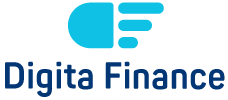
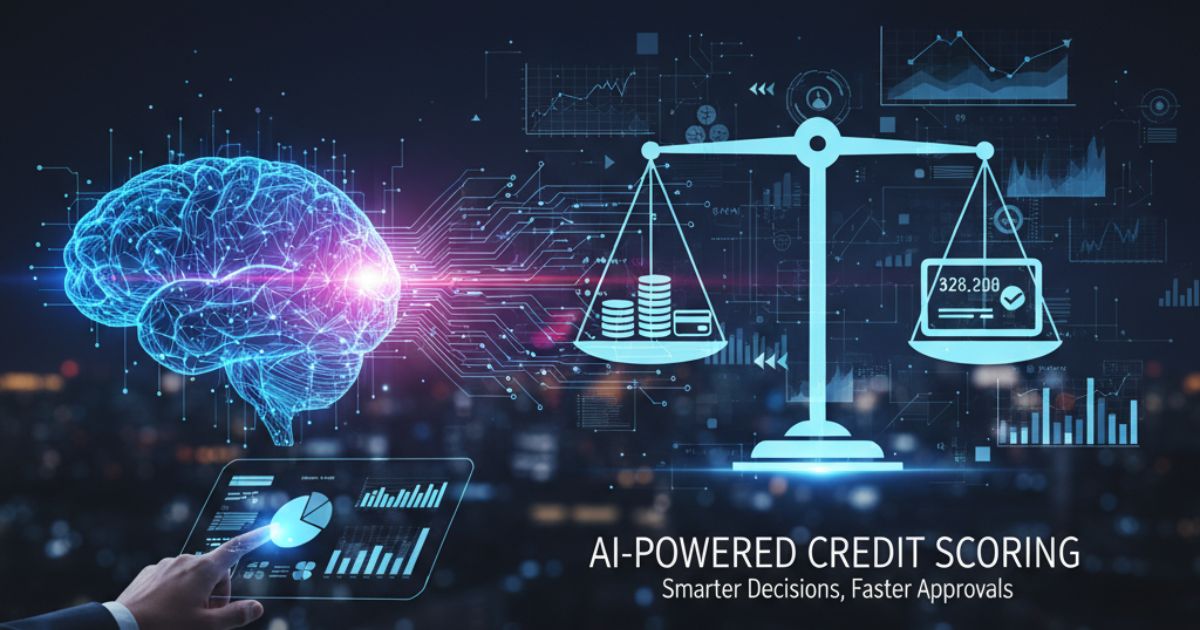
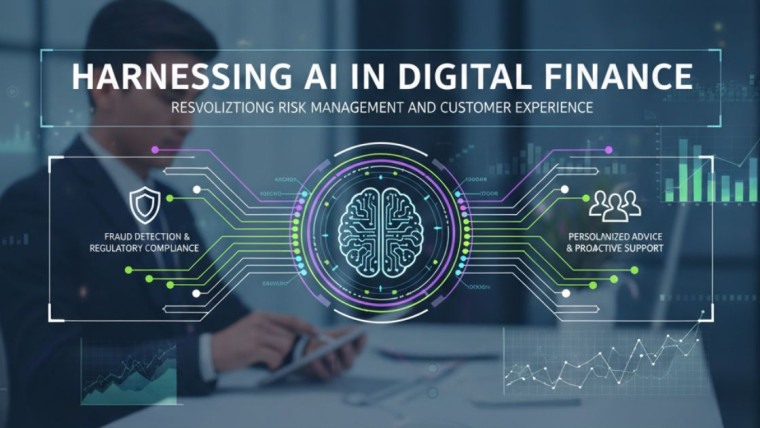
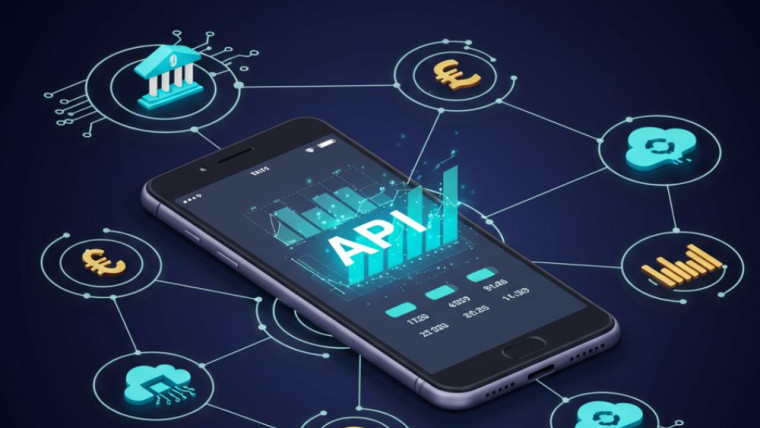




Harnessing AI and Machine Learning for Fraud Detection in Digital Finance
Digital Wallets vs. Traditional Banking: What Consumers Need to Know
What Are Digital Finance Tools
Top 10 Fintech Trends To Look Out for 2025
Embedded Finance: How Seamless Financial Services Are Integrating into Everyday Apps
AI-Powered Credit Scoring: Revolutionizing Digital Lending in the Digital Finance Era
Harnessing AI in Digital Finance: Revolutionizing Risk Management and Customer Experience
How Open Banking APIs Are Revolutionizing Digital Finance?